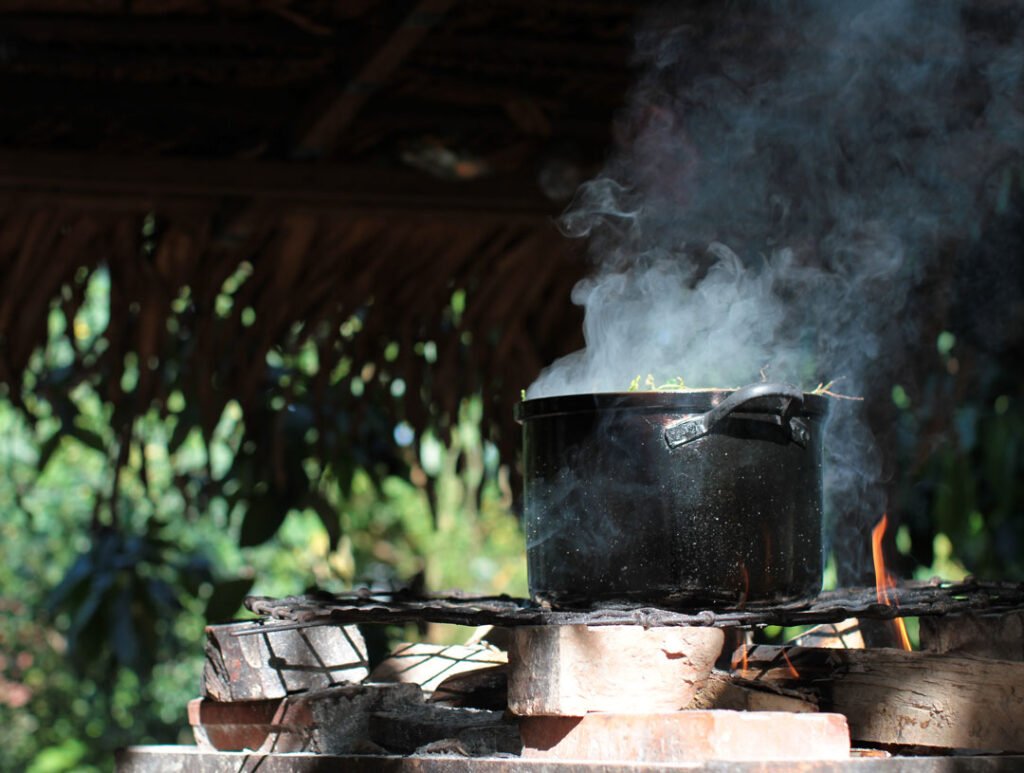Exploring the World’s Best Ayahuasca Retreats
In recent years, the pursuit of holistic wellness and spiritual growth has led many individuals to explore alternative healing modalities. Among these, ayahuasca ceremonies have gained significant attention for their potential to offer profound insights and transformative experiences. This article delves into the world of ayahuasca retreats, highlighting the best countries and centers for those seeking this unique journey of self-discovery and healing.
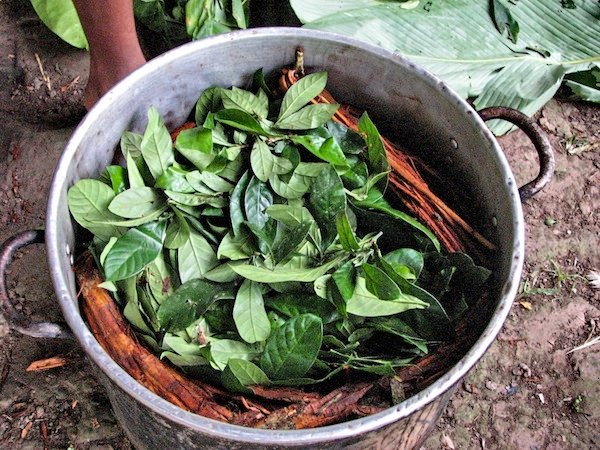
Understanding Ayahuasca: A Brief Overview
Ayahuasca is a powerful plant medicine that has been used for centuries by indigenous cultures in the Amazon basin. This psychoactive brew is typically made from the Banisteriopsis caapi vine and the leaves of the Psychotria viridis shrub. Together, these plants create a potent mixture that can induce altered states of consciousness and is believed to facilitate spiritual awakening and personal growth.
It’s important to note that ayahuasca is not a recreational drug. Instead, it is viewed as a sacred medicine used in traditional ceremonies for healing and spiritual purposes. The ayahuasca journey can be intense and challenging, but many participants report experiencing profound insights, emotional healing, and a deeper connection to themselves and the world around them.
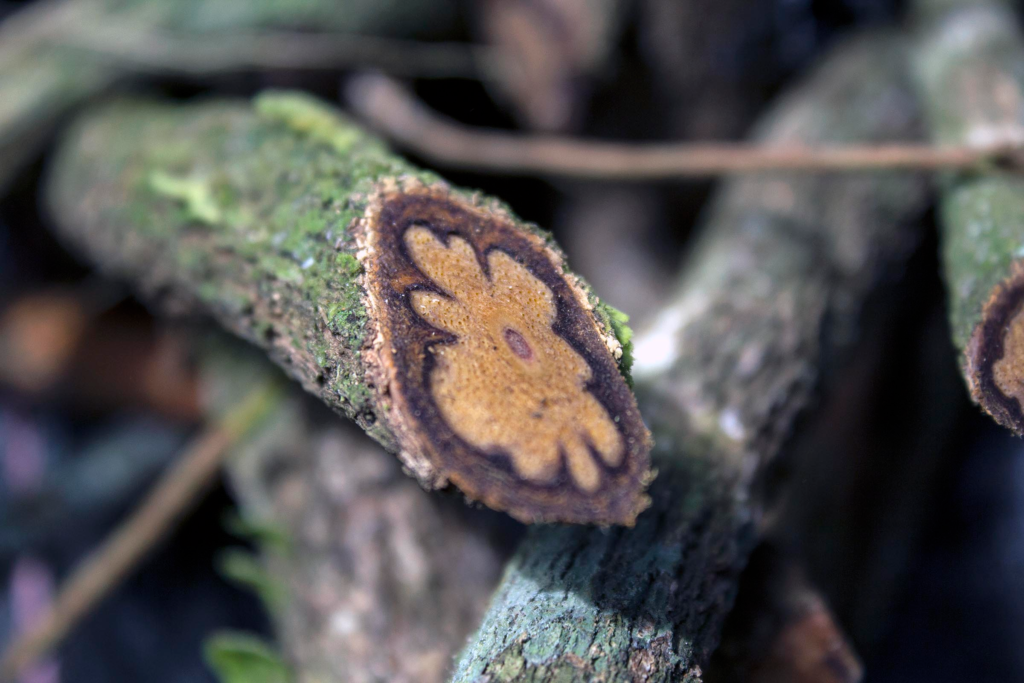
The Rise of Ayahuasca Tourism
In recent years, there has been a surge in ayahuasca tourism, with people from around the world traveling to participate in ayahuasca ceremonies. This has led to the establishment of numerous ayahuasca retreats, particularly in South America, where the practice originated. While this increased interest has brought attention to indigenous cultures and their ancient wisdom, it has also raised concerns about cultural appropriation and the commercialization of sacred practices.
As such, it’s crucial for those interested in ayahuasca to approach the experience with respect, reverence, and a genuine desire for personal and spiritual growth. Choosing the right ayahuasca retreat is paramount to ensure a safe, authentic, and transformative experience.
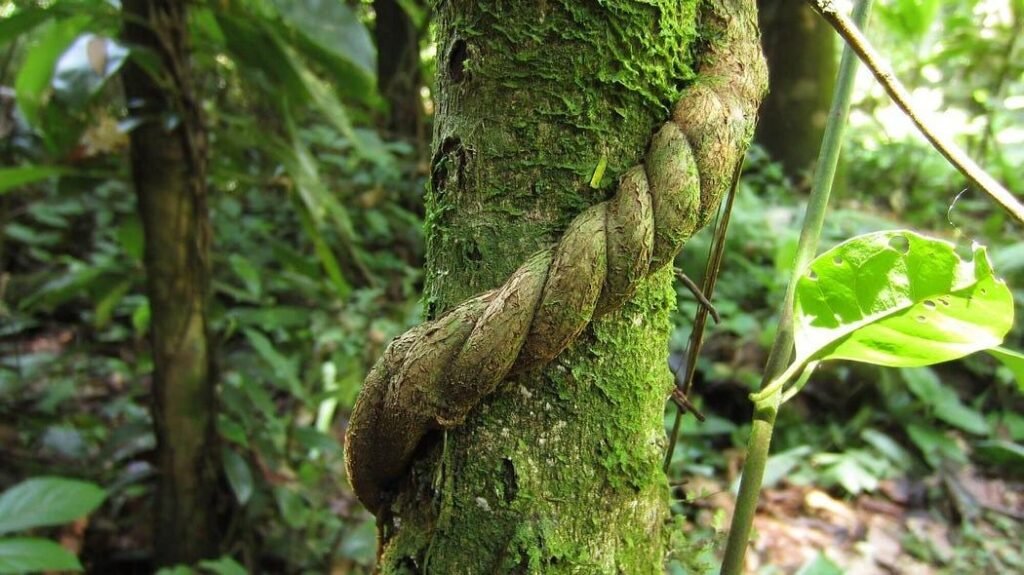
Best Countries for Ayahuasca Retreats
1. Peru: The Heart of Ayahuasca Tourism
Peru is widely regarded as the epicenter of ayahuasca tourism, boasting the largest number of ayahuasca retreat centers in the world. The country’s rich indigenous heritage, particularly in the Amazon rainforest region, makes it an ideal destination for those seeking authentic ayahuasca experiences.
Key features of ayahuasca retreats in Peru:
✔ Guidance from experienced Shipibo shamans
✔ Proximity to the Amazon rainforest, the plant’s natural habitat
✔ A wide range of retreat options, from luxury to more rustic experiences
✔ Opportunities to combine ayahuasca ceremonies with visits to sacred sites like Machu Picchu
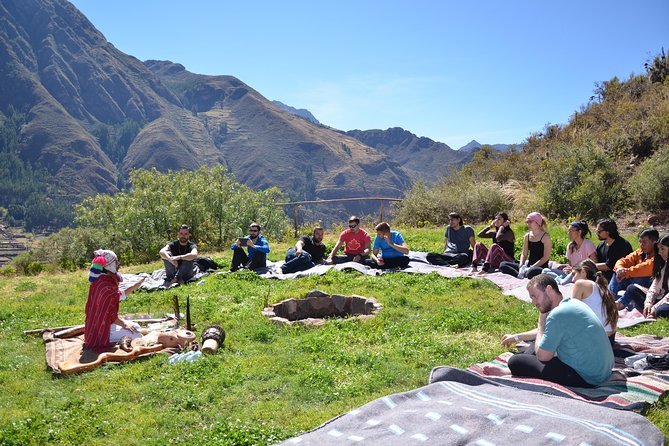
Notable retreats in Peru:
1. Temple of the Way of Light: Located near Iquitos, this renowned center offers a holistic approach to healing, combining ayahuasca ceremonies with other plant medicines and integrative practices.
2. Ayahuasca Foundation: This center focuses on education and preservation of indigenous healing traditions, offering both short-term retreats and longer apprenticeship programs.
3. Refugio Altiplano Healing Center: Situated in the jungle near Iquitos, this center provides ayahuasca ceremonies under the guidance of indigenous Peruvian Shipibo healers.
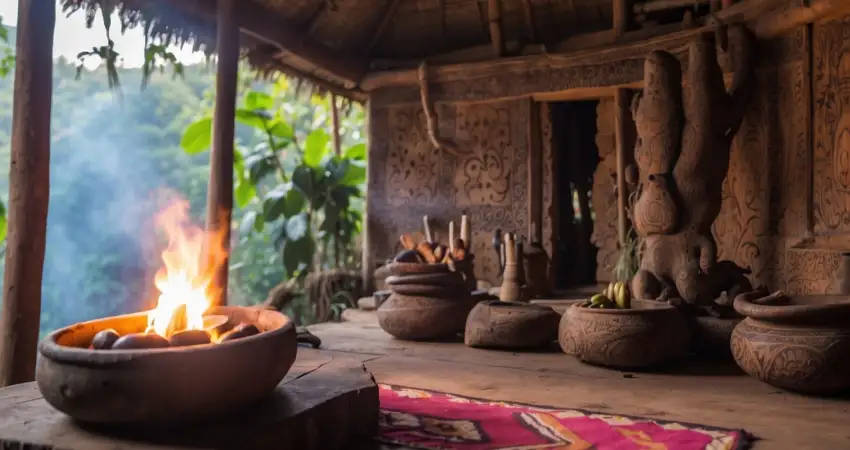
2. Costa Rica: A Safe Haven for Spiritual Seekers
Costa Rica has emerged as a popular destination for ayahuasca retreats, offering a blend of natural beauty, political stability, and a supportive environment for plant medicine work.
Advantages of choosing Costa Rica for ayahuasca retreats:
✔ Safe and politically stable country
✔ Beautiful natural surroundings, including beaches and rainforests
✔ Integration of ayahuasca ceremonies with other wellness practices like yoga and meditation
✔ Generally more accessible for North American travelers
Noteworthy retreats in Costa Rica:
1. Gaia Sagrada: While originally based in Ecuador, Gaia Sagrada has expanded to Costa Rica, offering ayahuasca and San Pedro ceremonies in a supportive community setting.
2. Soltara Healing Center: Located on the Gulf of Nicoya, Soltara combines traditional Shipibo healing practices with modern amenities and integration support.
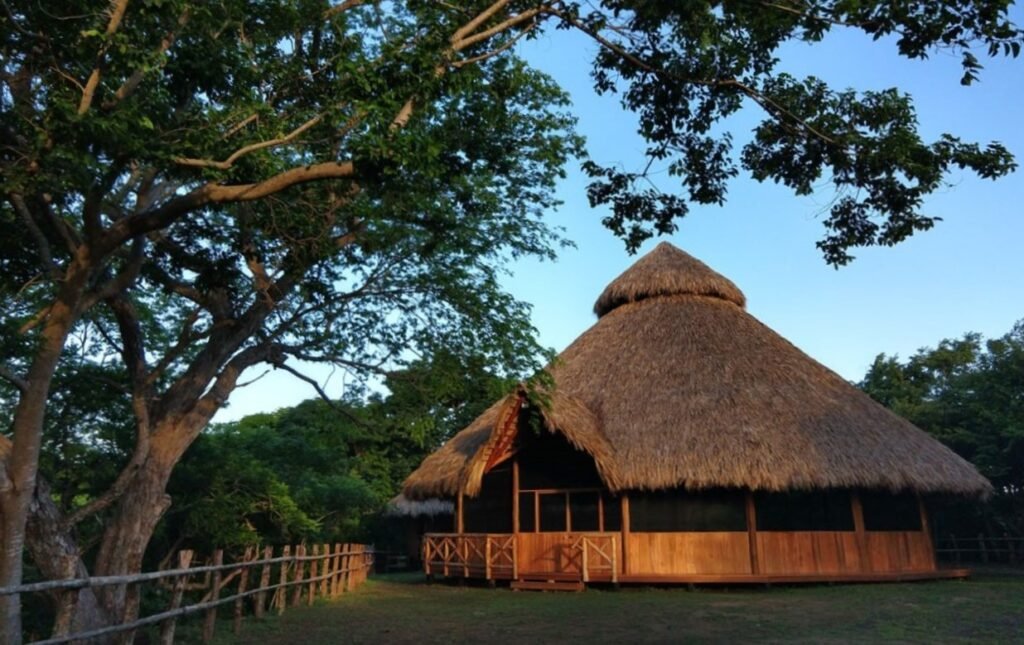
3. Ecuador: Authentic Experiences in the Andes
Ecuador offers a unique setting for ayahuasca retreats, with centers located in both the Amazon rainforest and the Andean highlands.
Key aspects of ayahuasca retreats in Ecuador:
✔ Diverse natural settings, from rainforest to mountains
✔ Strong emphasis on preserving indigenous cultures and traditions
✔ Often more affordable than retreats in other countries
✔ Opportunities to work with both ayahuasca and San Pedro (another sacred plant medicine)
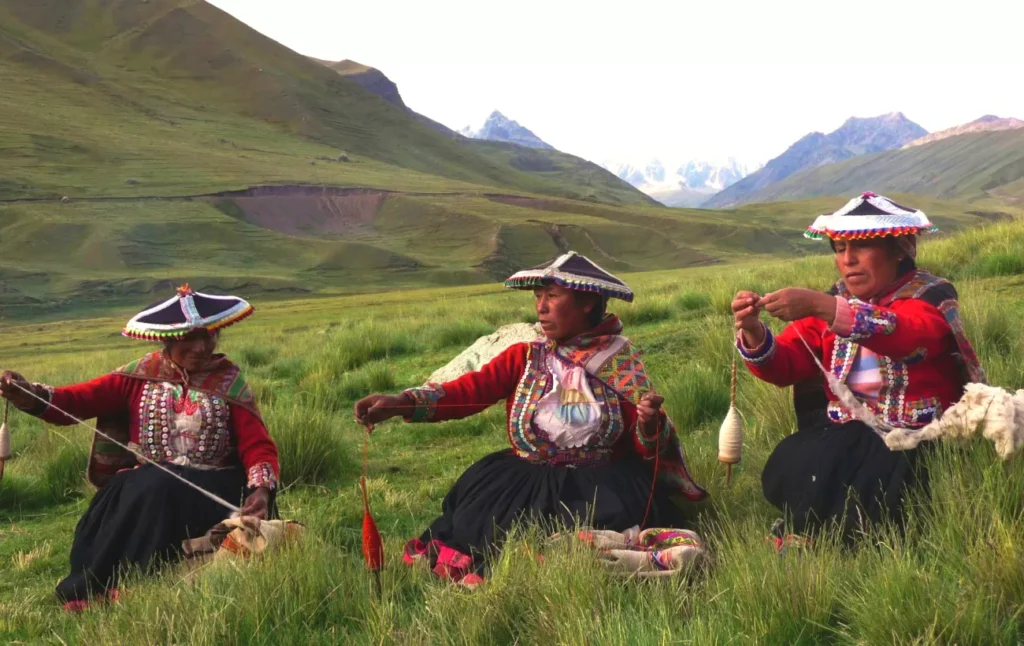
Notable retreats in Ecuador:
1. Gaia Sagrada (Original location): Situated in the Andes Mountains, this center offers a unique blend of ayahuasca and San Pedro ceremonies in a supportive community environment.
2. Alma Healing Center: Located in the Amazon rainforest, Alma provides intimate retreats with a focus on personal transformation and connection to nature.
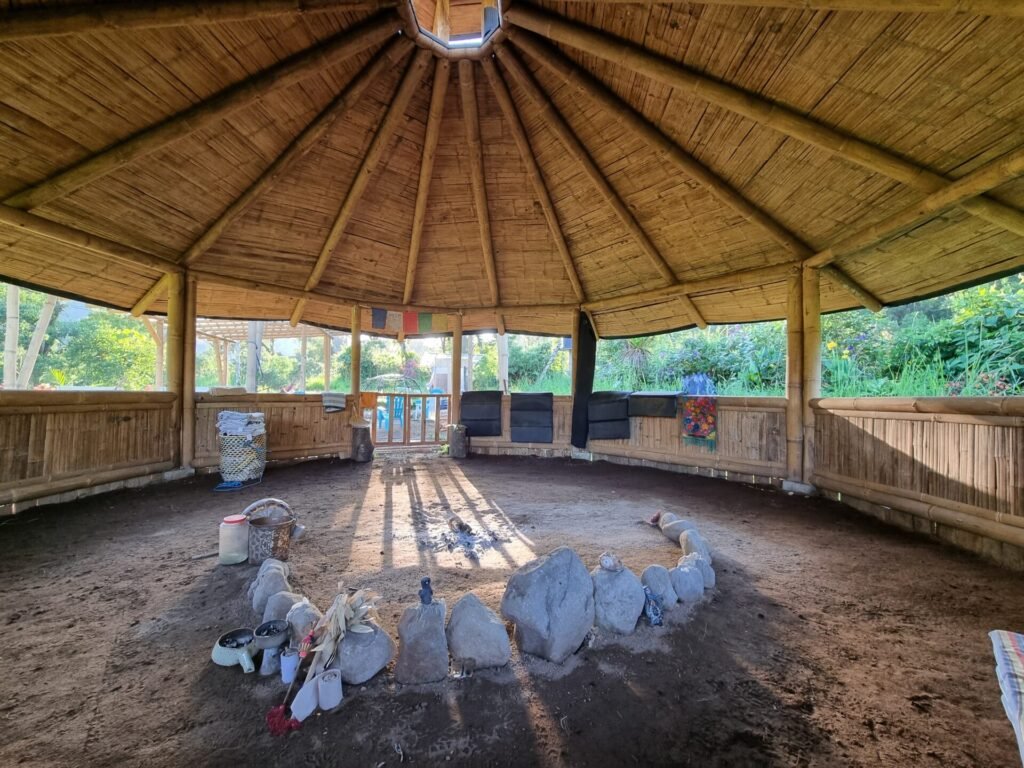
4. Colombia: Emerging Destination for Ayahuasca Tourism
Colombia is gaining popularity as an ayahuasca destination, offering a mix of traditional and modern approaches to plant medicine work.
Highlights of ayahuasca retreats in Colombia:
✔ Growing number of retreat centers, particularly in the Amazon region
✔ Integration of ayahuasca ceremonies with other indigenous healing practices
✔ Often more affordable than retreats in Peru or Costa Rica
✔ Opportunities to explore Colombia’s diverse landscapes and cultures
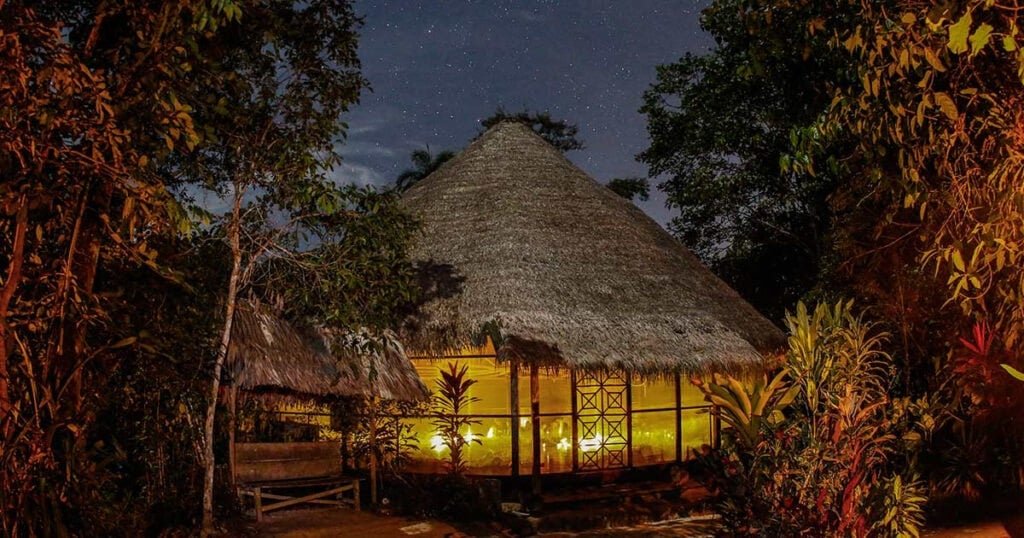
Recommended retreats in Colombia:
1. Eagle Condor Alliance: This center combines ayahuasca ceremonies with other indigenous Colombian traditions, offering a unique cultural experience.
2. Origen Sagrada: Located in the mountains near Medellín, Origen Sagrada provides ayahuasca retreats in a beautiful, tranquil setting.
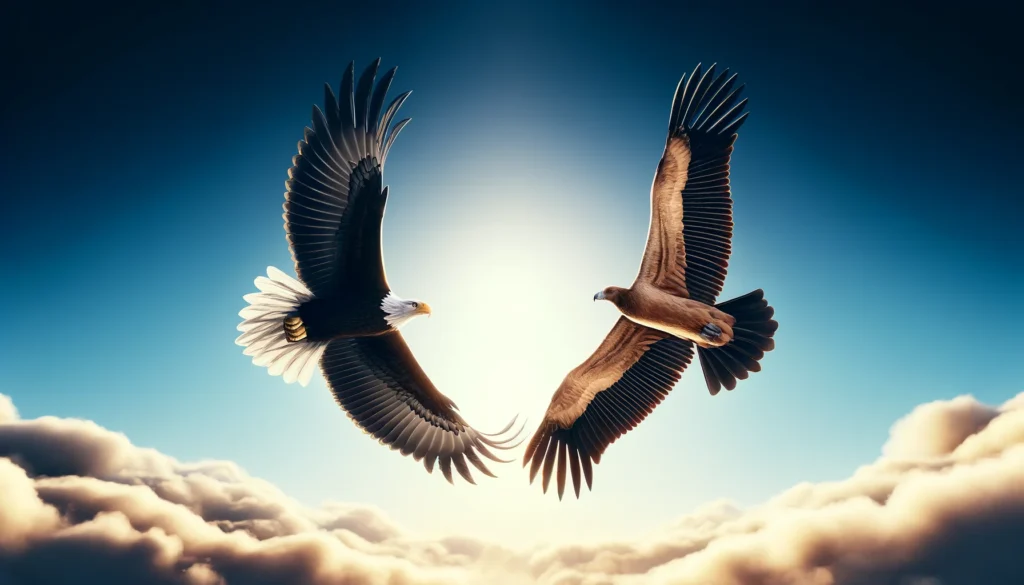
Choosing the Right Ayahuasca Retreat: Key Considerations
Selecting the best ayahuasca retreat for your individual needs is crucial for ensuring a safe, authentic, and transformative experience.
Here are some important factors to consider:
1. Safety and Credibility
The most important thing when choosing an ayahuasca retreat is ensuring your physical and emotional safety. Look for centers that:
✔ Have experienced facilitators and indigenous healers
✔ Conduct thorough medical screenings
✔ Provide a safe environment with proper facilities
✔ Have positive reviews and testimonials from past participants
2. Traditional vs. Modern Approaches
Some retreats adhere strictly to traditional indigenous practices, while others incorporate modern therapeutic techniques. Consider which approach resonates more with your personal goals and preferences.

3. Group Size and Individual Attention
Smaller groups often allow for more personalized attention and support. Consider whether you prefer a more intimate setting or a larger community experience.
4. Integration Support
The integration process after an ayahuasca ceremony is crucial for long-term healing and growth.
Look for retreats that offer:
✔ Pre and post-ceremony counseling
✔ Integration programs or workshops
✔ Ongoing support after the retreat
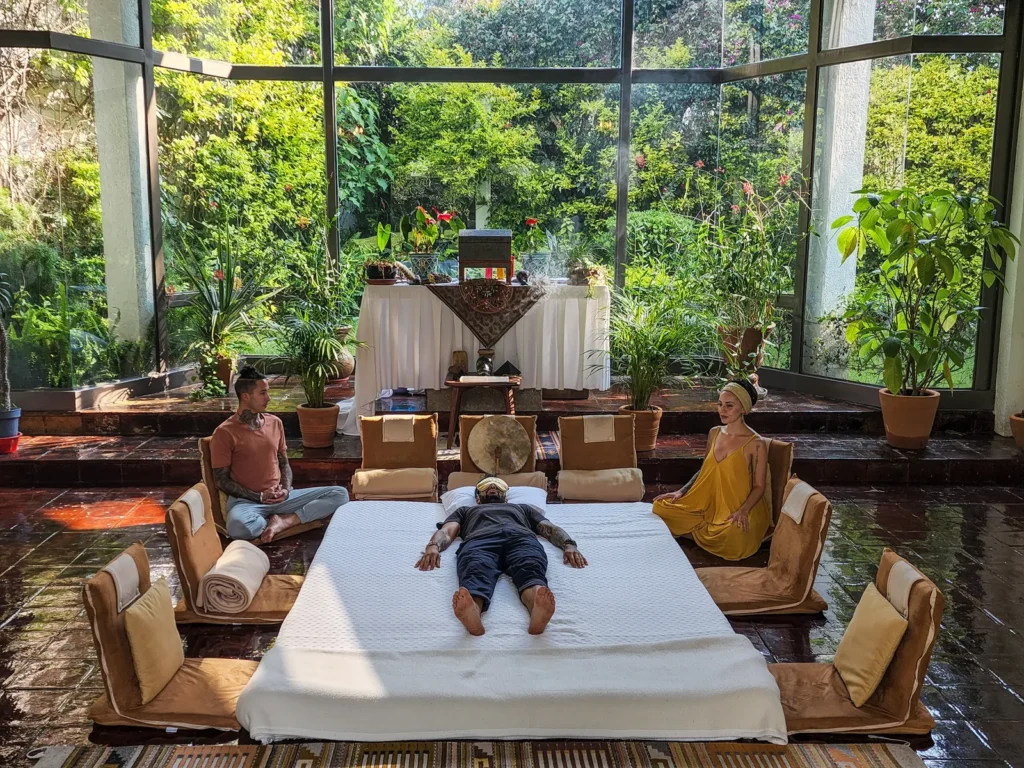
5. Additional Offerings
Many retreats offer complementary activities to enhance the healing process, such as:
✔ Yoga classes
✔ Meditation sessions
✔ Plant dietas (special ayahuasca diets)
✔ Excursions to natural or cultural sites
6. Sustainability and Ethical Practices
Choose retreats that demonstrate respect for local communities and the environment through:
✔ Sustainable practices
✔ Fair compensation for indigenous healers
✔ Support for local conservation efforts
7. Cost and Accessibility
While cost shouldn’t be the primary factor, it’s important to consider your budget and the overall value offered by the retreat. Also, factor in travel logistics and accessibility from your home country.
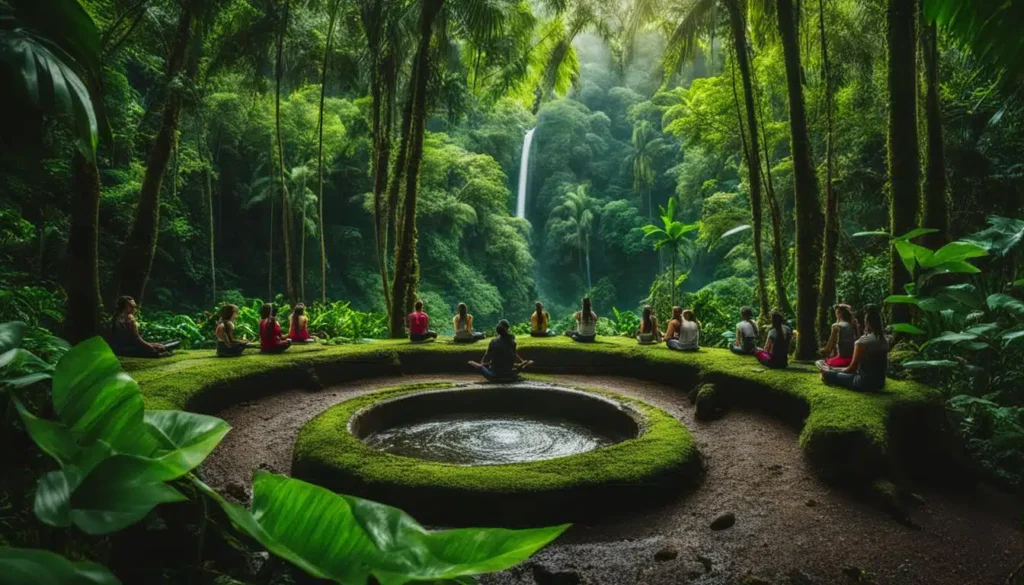
The Ayahuasca Experience: What to Expect
Participating in an ayahuasca ceremony is a profound and often life-changing experience. Here’s a general overview of what you might expect:
Preparation
Most retreats require participants to follow a special ayahuasca diet for several days or weeks before the ceremony. This typically involves avoiding certain foods, medications, and substances that may interact with ayahuasca.
The Ceremony
Ayahuasca ceremonies are usually conducted at night in a group setting, led by experienced shamans or facilitators.
The ceremony may include:
✔ Ritual cleansing or purification (such as a tobacco purge)
✔ Drinking of the ayahuasca brew
✔ Periods of silence, meditation, or shamanic singing (icaros)
✔ Personal introspection and visionary experiences
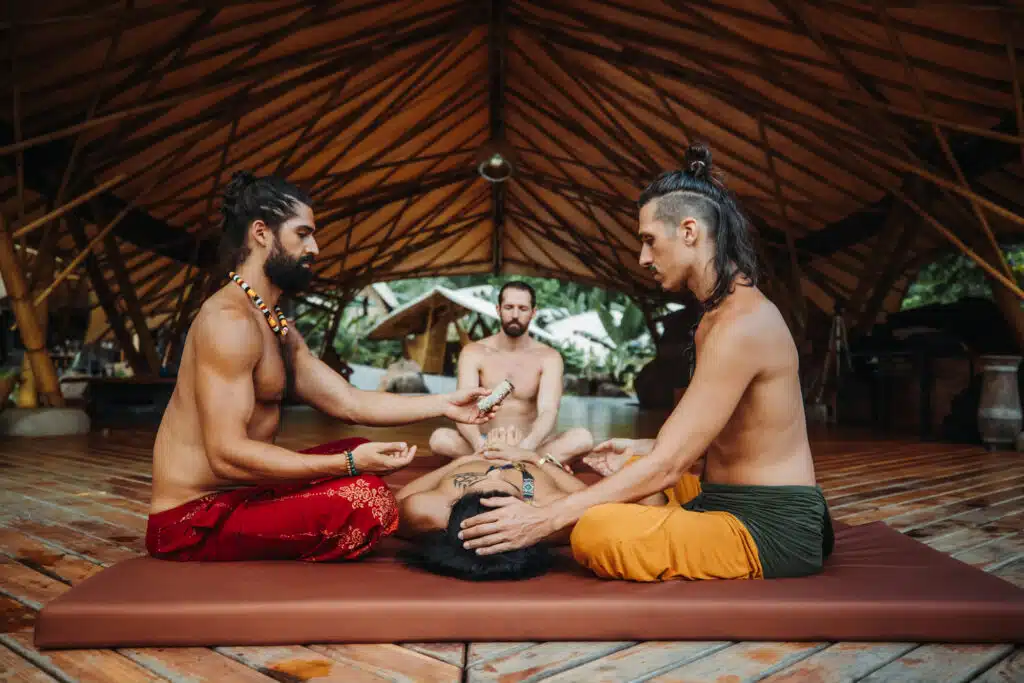
Physical and Emotional Effects
The effects of ayahuasca can vary widely between individuals but may include:
✔ Nausea and vomiting (often viewed as a form of physical and emotional purging)
✔ Altered perceptions and vivid visions
✔ Intense emotions and personal insights
✔ A sense of connection to nature, the universe, or spiritual realms
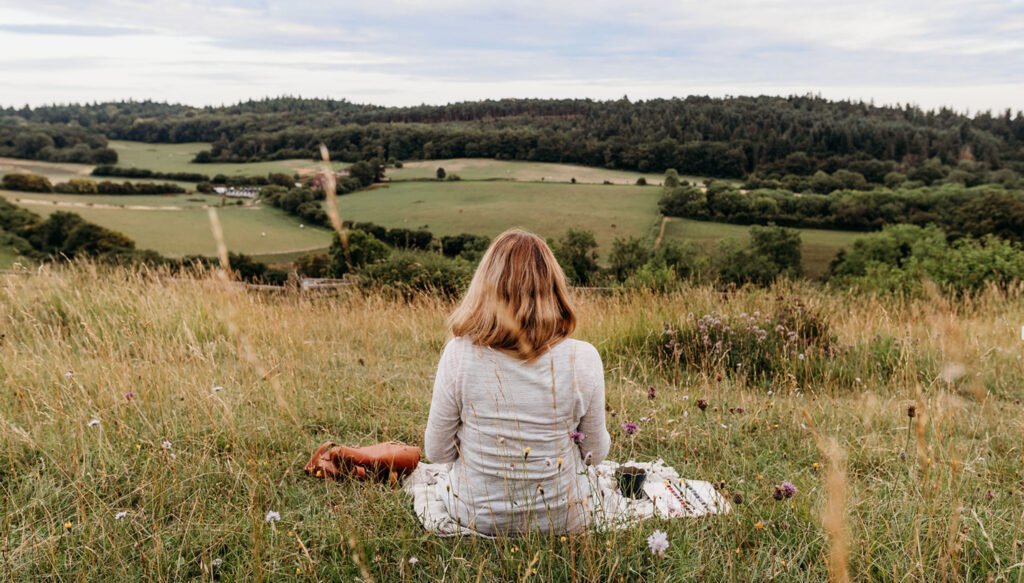
Integration
After the ceremony, participants are encouraged to reflect on their experiences and integrate the insights gained into their daily lives. This process is often supported by group sharing circles, individual counseling, or integration workshops.
Potential Benefits and Risks
While many people report positive results from ayahuasca experiences, it’s important to approach this powerful tool with caution and respect.
Potential Benefits
✔ Emotional healing and release of trauma
✔ Increased self-awareness and personal growth
✔ Spiritual awakening and connection
✔ Improved mental health and well-being
✔ Enhanced creativity and problem-solving abilities
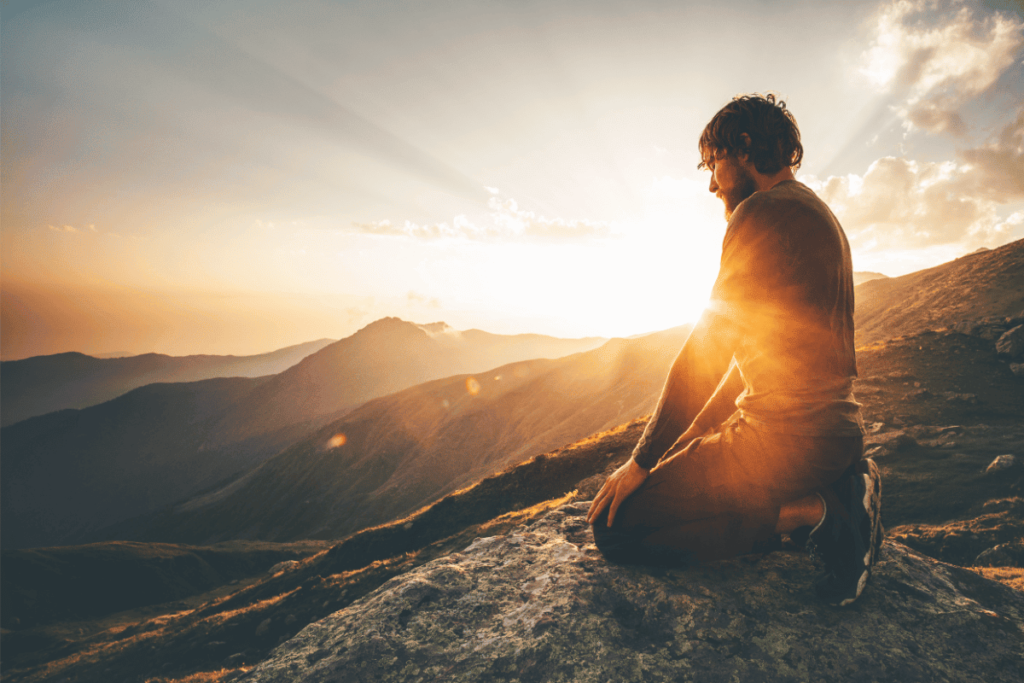
Potential Risks
✔ Intense physical discomfort during the ceremony
✔ Emotional distress or triggering of past traumas
✔ Rare but serious medical complications, especially for those with pre-existing conditions
✔ Psychological challenges in integrating the experience
✔ Potential for abuse or exploitation in unethical retreat settings
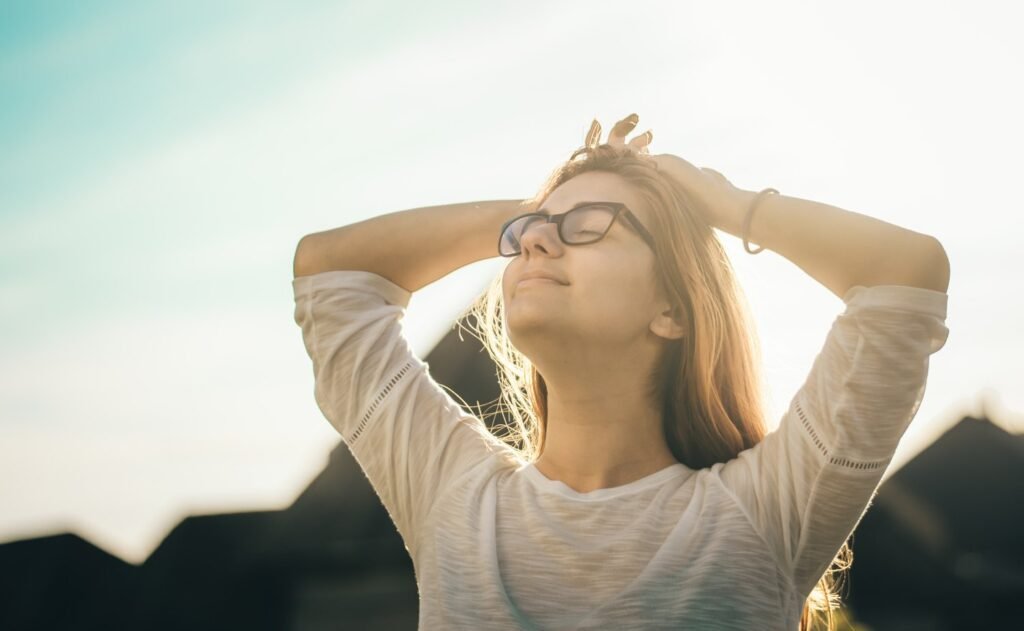
The Ayahuasca Ceremony: A Comprehensive Journey
1. Preparation (2-4 weeks before the ceremony)
Dietary Restrictions
The preparation for an ayahuasca ceremony begins weeks before the actual event with a strict dietary regimen known as “la dieta.”
This cleansing process is crucial for both physical and spiritual preparation:
✔ Foods to Avoid: Participants must eliminate high-tyramine foods (aged cheeses, cured meats, fermented foods), processed and refined foods, red meat, pork, and stimulants like caffeine and alcohol.
✔ Recommended Foods: The diet emphasizes whole foods such as fresh fruits, vegetables, whole grains, and lean proteins like chicken or fish.
✔ Cooking Methods: Simple cooking methods are preferred, using minimal oil, salt, and sugar. Steaming, boiling, or grilling are recommended to preserve natural flavors and nutrients.
This dietary preparation typically begins at least two weeks before the ceremony to allow the body to detoxify.

Mental and Spiritual Preparation
Alongside physical preparation, mental and spiritual readiness is equally important:
✔ Setting Intentions: Participants are encouraged to reflect on personal goals and what they hope to achieve from the experience.
✔ Stress Reduction: It’s advised to avoid stressful situations and negative influences, possibly taking breaks from media and spending time in nature.
✔ Spiritual Practices: Engaging in meditation, yoga, or other grounding activities helps align the body and mind with the upcoming experience.
✔ Sexual Abstinence: Many traditions recommend abstaining from sexual activity for one to two weeks before the ceremony to conserve spiritual energy.
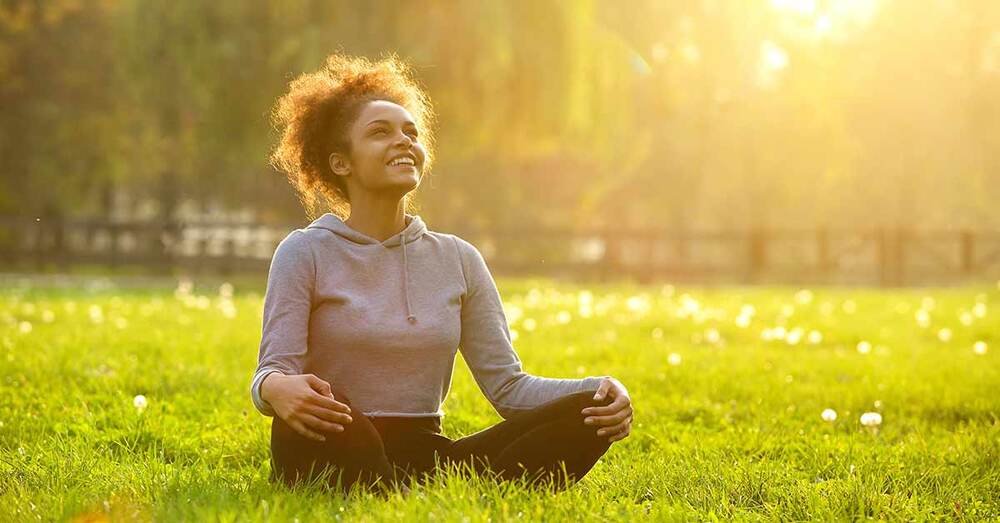
2. The Ceremony Setting
Ayahuasca ceremonies typically take place in serene, natural settings, often in remote locations away from urban distractions. In the Amazon, ceremonies are frequently conducted in a “maloca,” a traditional structure with a thatched roof.
The ceremonial space is carefully prepared with various symbolic objects:
✔ A central altar adorned with crystals, sacred plants, and candles.
✔ Musical instruments like drums, rattles, and flutes.
✔ Soft lighting, often from candles or lanterns, to create a calming atmosphere.
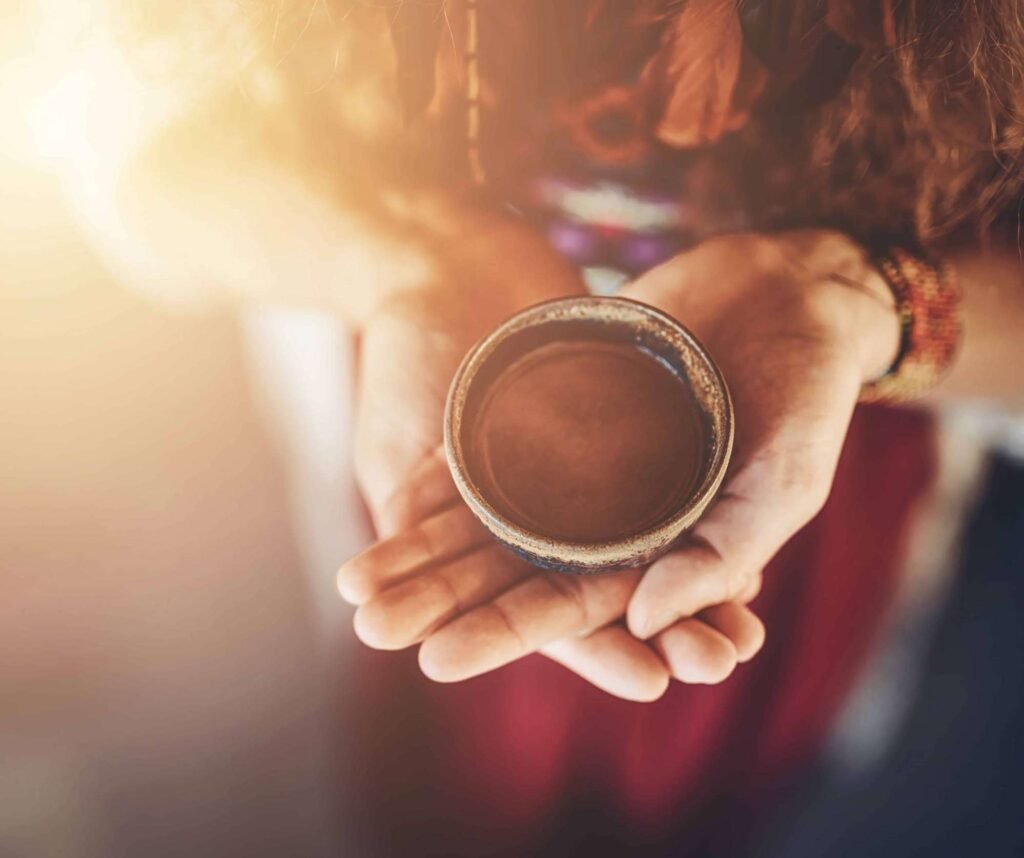
3. Beginning the Ceremony
As participants gather, the shaman or facilitator begins by creating a sacred and protective environment.
This may involve:
✔ Performing rituals to invite protective spirits.
✔ Using ritual objects like feathers, stones, and herbs.
✔ Guiding participants to set their intentions for the ceremony.
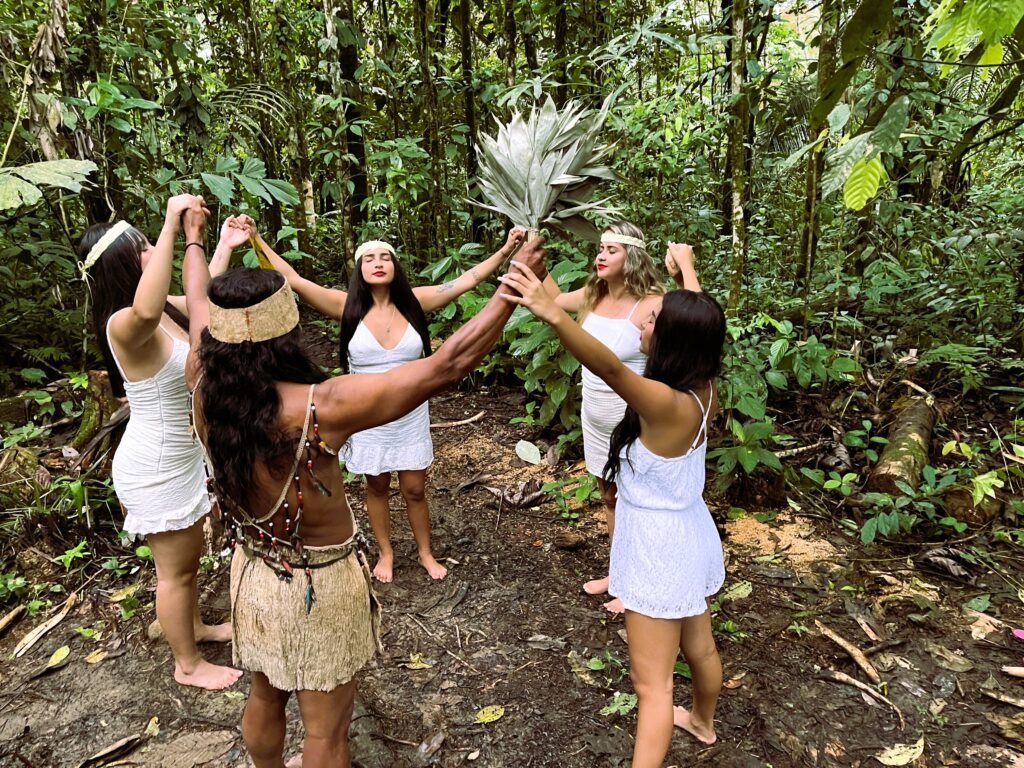
4. Consuming the Ayahuasca Brew
The ayahuasca brew, prepared from the Banisteriopsis caapi vine and Psychotria viridis leaves, is distributed to participants. The shaman often blesses the brew before consumption. Participants drink a small dose of the bitter, earthy-tasting liquid. The onset of effects typically begins within 20 to 60 minutes after ingestion.
5. The Ayahuasca Experience
The ayahuasca journey unfolds over several hours, generally lasting 4 to 8 hours in total. It can be divided into three main stages:
✔ Onset (20-60 minutes)
Participants may experience mild physical sensations such as nausea, sweating, or shaking. Slight changes in perception begin to occur.
✔ Peak Experience (1-2 hours after ingestion, lasting 2-6 hours)
- Vivid visual and auditory hallucinations occur.
- Participants may experience deep emotional insights and profound understandings .
- Physical effects may include purging through vomiting or crying, seen as a form of cleansing.
✔ Come-Down Phase (Several hours)
A gradual return to normal consciousness. Physical sensations stabilize, while emotional and mental reflections linger .
Throughout the ceremony, the shaman plays a crucial role:
- Singing icaros (sacred songs) to guide participants’ journeys.
- Providing support and protection through challenging moments.
- Using various techniques like energetic cleansing to maintain a safe space.
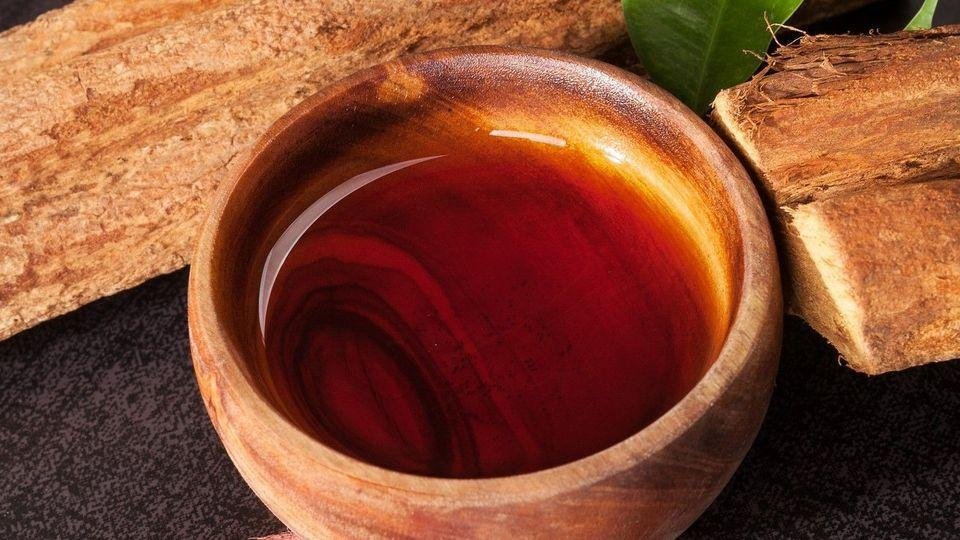
6. Closing the Ceremony
As the effects of ayahuasca subside, the shaman leads closing rituals to help participants transition back to their normal state of consciousness.
This may include:
✔ Final icaros or chants.
✔ Expressions of gratitude.
✔ A sharing circle where participants can express their experiences and insights.
7. Immediate Aftercare
Following the ceremony, immediate aftercare is provided:
✔ Participants are encouraged to rest and hydrate.
✔ Light snacks may be offered.
✔ Emotional support is available from facilitators and support staff.
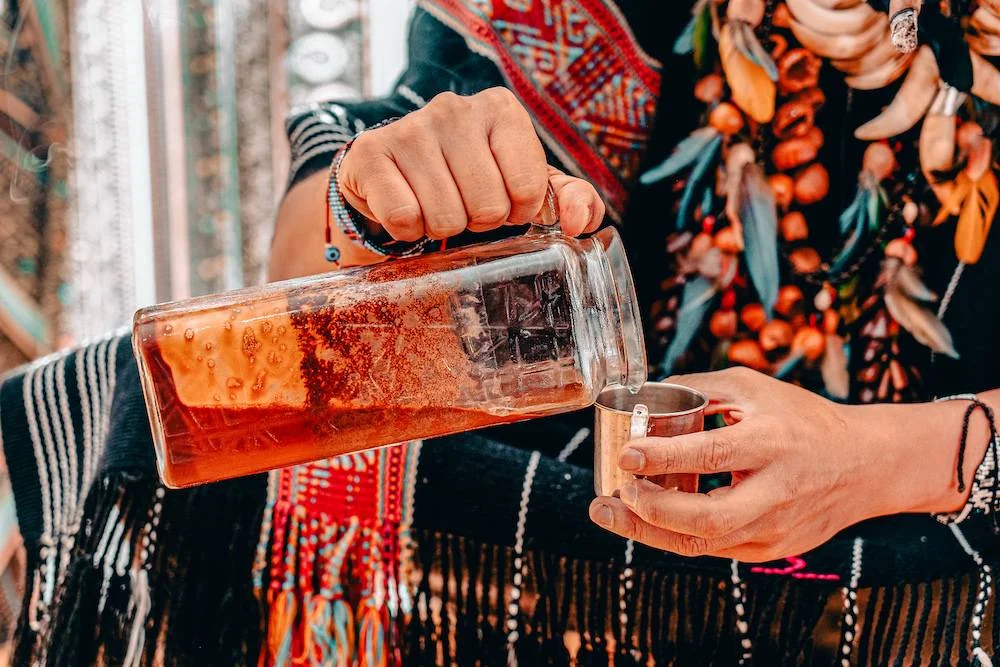
8. Post-Ceremony Integration
The integration process is crucial for embedding the insights gained during the ceremony into daily life:
✔ Short-term Integration (Days following the ceremony)
- Participants are encouraged to engage in reflective practices like journaling or meditation.
- Many retreats offer integration workshops or counseling sessions.
- A supportive diet and gentle physical activities are recommended.
✔ Long-term Integration
Joining integration circles or support groups can provide ongoing support. Some individuals seek professional support from therapists specializing in psychedelic integration. Continued personal work on unresolved issues or new revelations is encouraged.
Integration is an ongoing process that may involve:
- Making behavioral and lifestyle changes based on insights gained .
- Processing emotional experiences and applying new perspectives to daily life.
- Navigating potential challenges such as heightened emotional sensitivity or spiritual questions.
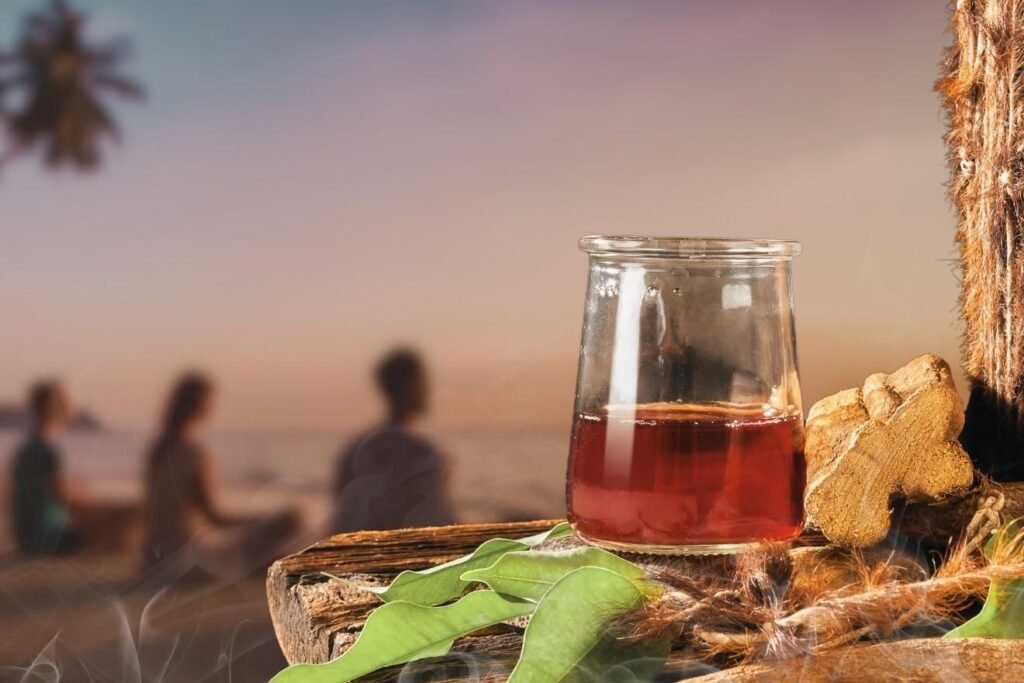
Conclusion: A Journey of Self-Discovery
Ayahuasca retreats offer a profound opportunity for personal growth, healing, and spiritual awakening. Whether you choose to journey to the Amazon basin of Peru, the lush landscapes of Costa Rica, the diverse terrains of Ecuador, or the emerging retreat centers of Colombia, the key is to approach the experience with intention, respect, and proper preparation.Remember that while ayahuasca can be a powerful catalyst for change, it is not a magic cure-all.
The real work often begins after the ceremony, as you integrate the insights gained into your daily life. By choosing a reputable retreat center, preparing adequately, and committing to the integration process, you can maximize the potential for a transformative ayahuasca experience that contributes to your overall wellness journey.
As interest in ayahuasca and other plant medicines continues to grow, it’s crucial to support ethical and sustainable practices that respect indigenous cultures and preserve these ancient traditions for future generations. By doing so, we can ensure that the profound wisdom of ayahuasca remains accessible to those seeking healing and personal transformation in the years to come.
